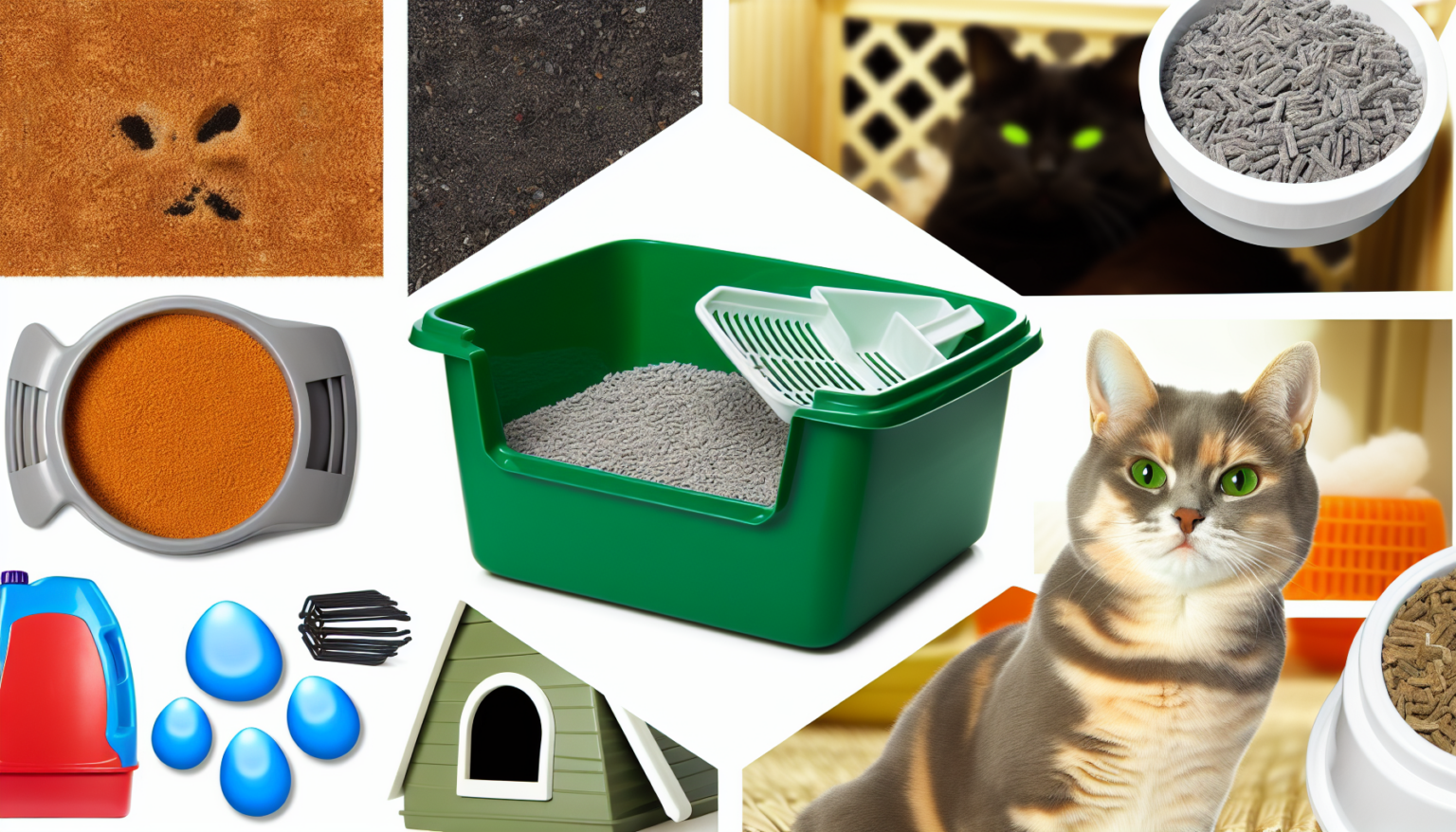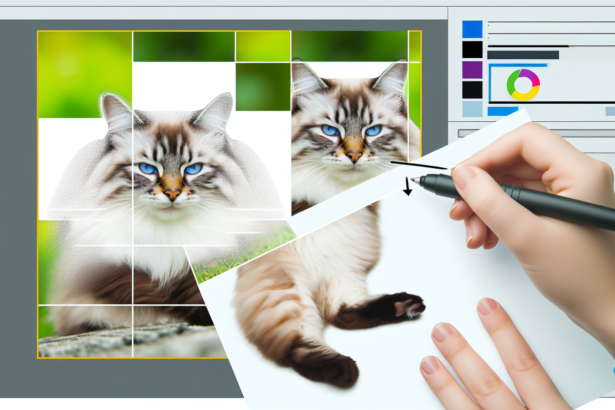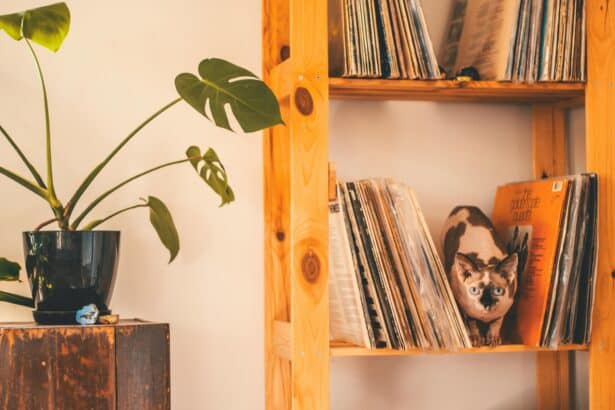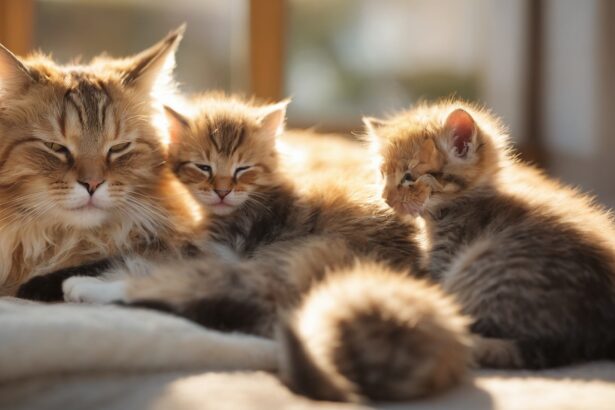Cat litter, decoded: what really matters
Standing in front of the litter aisle can feel like choosing a perfume without smelling it — for someone else. Luckily, your cat has a few clear preferences, and this guide turns the mystery into a simple, paw-approved choice.
We’ll walk through the main types, what to weigh up for your home, and how to switch without ruffling any whiskers. Ready to make that litter box a happy place again?
The main types of cat litter
Clumping clay
Classic and convenient. Made mostly from bentonite, this litter forms solid clumps when wet, so you can scoop daily and top up as needed. Odor control is generally good, and many cats like its sandy texture.
- Best for: Easy daily scooping, busy routines.
- Watch for: Dust levels and tracking (choose low-dust, tighter granules if you can).
Non-clumping clay
The budget-friendly option. It absorbs urine but doesn’t clump, so the whole box needs changing more often. Some cats appreciate the simple texture.
- Best for: Short-term use, kittens learning the box, tight budgets.
- Watch for: Faster odor build-up and more frequent full changes.
Silica gel (crystals)
These beads trap moisture and odors efficiently and last longer between full changes. They’re lightweight with minimal dust, which can help allergy-prone households.
- Best for: Strong odor control, low-dust needs.
- Watch for: Price per month and whether your cat likes the crunchier texture.
Biodegradable (wood, paper, corn, wheat)
Gentler on the planet and often softer on sensitive paws. Many are low-dust and naturally control odors (wood pellets, for example). Some clump, some don’t.
- Best for: Eco-conscious homes, sensitive cats, lighter tracking.
- Watch for: Never flush unless the bag explicitly says it’s safe in your area; check texture preferences.
If your cat is peeing outside the box, the litter type may be part of the story — but not the whole plot. Here’s a helpful guide to rule out other causes and get practical fixes: why cats pee everywhere and how to solve it.
How to choose for your cat and your home
- Texture and paw feel: Most cats prefer fine, sand-like grains. Big pellets can be comfy for some, too chunky for others.
- Dust and tracking: Low-dust formulas help sensitive noses and keep floors tidier. A good litter mat is your new best friend.
- Odor control: Clumping clay and silica are strong performers; wood can be great naturally. Regular scooping is still queen.
- Scented vs unscented: Cats’ noses are far more sensitive than ours, so heavy perfumes can be overwhelming. If you love fragrance, keep it in the room, not the litter.
- Health and sensitivities: For kittens or sniffly seniors, choose low-dust, gentle textures. Be cautious with litters that include essential oils or plant additives your cat might lick; if in doubt, check this list of plants that are dangerous for cats.
- Budget and eco goals: Calculate monthly cost, not just the bag price. Biodegradable options can be cost-effective if they track less and last well.
Surprising fact: Many cats dislike strong smells more than we do. A clean, unscented litter often wins over a perfumed one — even if the bag promises “fresh meadow at sunrise.”
Practical tip: If you like using baking soda for odor, sprinkle a thin layer under the litter, not on top. Your cat is less likely to smell or step on it, and it still helps neutralize odors.
Cleaning day coming up? Skip bleach in the litter box: it can actually entice some cats to mark again. Here’s the curious science behind why cats love bleach and what to use instead (mild unscented soap is perfect).
Introducing a new litter without drama
- Go gradual: Start with 25% new litter mixed into the old for 2–3 days, then 50% for a few more, then 75%, then 100%.
- Run a “taste test” box: If space allows, offer a second box with the new litter next to the current one. Your cat will tell you which they prefer.
- Keep depth comfy: Aim for 5–7 cm (2–3 in). Too shallow? Puddles. Too deep? Digging gym.
- Location, location: Quiet, easy to reach, away from food and loud appliances. For multi-cat homes, think one box per cat, plus one extra.
Good litter habits also help keep tummy bugs at bay. If you’re reviewing hygiene and parasite prevention, this quick read on protecting your cat from worms pairs nicely with a cleaner litter routine.
Mistakes to avoid (and what to do instead)
- Changing everything overnight: Sudden switches can trigger litter box protests. Blend gradually and offer a “trial” box.
- Chasing strong fragrances: Perfumed litters often bother cats. Opt for unscented and lean on daily scooping and ventilation.
- Too few boxes: One box isn’t a crowd pleaser in multi-cat homes. Follow the “cats + 1” rule for harmony.
- Overfilling or skimping: Depth sweet spot is 5–7 cm. It matters for clumping, digging and comfort.
- Bleach clean-ups: It can encourage remarking. Use warm water and a mild, unscented soap instead.
Bottom line? The “best” litter is the one your cat actually uses with confidence, your home stays fresh, and your routine feels easy. When in doubt, start with unscented, fine-grain clumping or a gentle biodegradable option and adjust from there.
FAQ
What is the healthiest cat litter?
Look for low-dust, unscented formulas your cat accepts easily. Gentle biodegradable litters and quality clumping clays both work well — comfort and clean habits matter most.
How often should I change the litter?
Scoop solids and clumps daily. Top up as needed. Do a full refresh and wash the box every 2–4 weeks (weekly in small spaces or for sensitive noses).
Which litter is best for kittens?
Choose low-dust, non-toxic options. Many people start with non-clumping or very gentle clumping litters with fine grains so kittens can dig safely and learn fast.
How do I stop litter box smells?
Daily scooping, the right depth, good ventilation, and unscented litter are your core tools. If needed, place a thin layer of baking soda under the litter — not on top.







